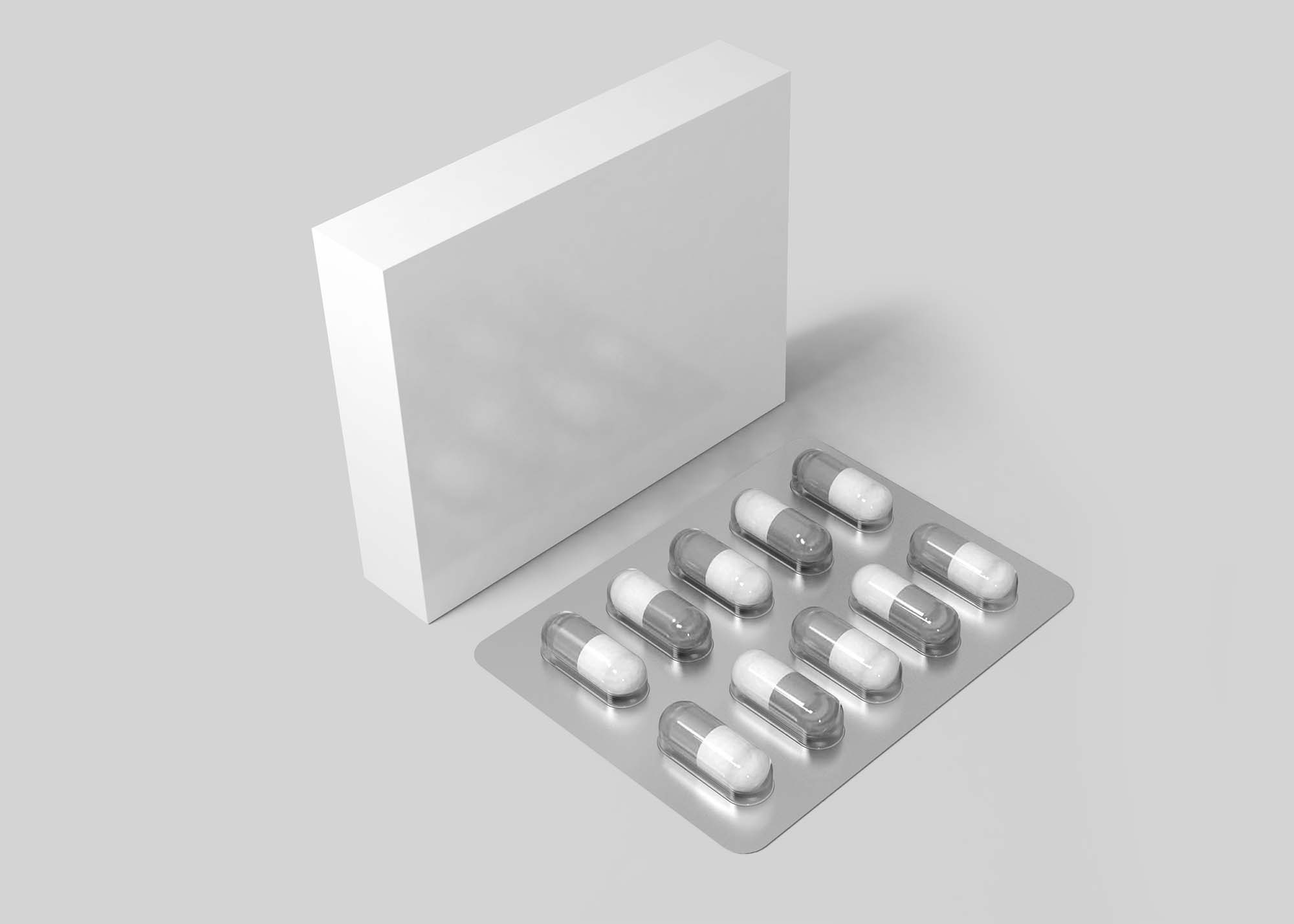
In the world of pharmaceuticals, the importance of medicine packaging cannot be overstated. Medicine packaging boxes play a critical role in safeguarding the integrity and efficacy of pharmaceutical products, ensuring they reach consumers in optimal condition. Beyond their functional role, these boxes have evolved to meet increasingly stringent regulatory requirements, contribute to sustainability goals, and enhance brand recognition. In this article, we will explore the innovations in medicine packaging boxes, highlighting their significance in the pharmaceutical industry.
Safety and Compliance Medicine Packaging Boxes:
The foremost purpose of Medicine Packaging Boxes is to ensure the safety of the product and comply with regulatory standards. Packaging serves as a barrier to protect medications from external elements such as light, moisture, and air, which can degrade the quality of the drugs. Additionally, it prevents contamination and tampering, safeguarding consumers from potential harm. With the rising emphasis on patient safety and stringent regulations, pharmaceutical companies are investing in advanced packaging solutions that meet or exceed industry standards.
One notable innovation in Medicine Packaging Boxes is the development of child-resistant packaging. This design feature prevents young children from accessing and ingesting medication accidentally. Child-resistant closures, such as push-and-turn caps or blister packs with special opening mechanisms, are now common in over-the-counter and prescription medications. These innovative solutions strike a balance between accessibility for adults and protection against accidental ingestion by children.
Advancements in technology have given rise to smart packaging solutions in the pharmaceutical industry. Smart medicine packaging integrates electronic components, sensors, or indicators to provide real-time information about the condition of the medication. For instance, temperature-sensitive medications can be equipped with temperature-monitoring devices to ensure that they are stored within the recommended range throughout the supply chain. This not only enhances the safety and efficacy of the medication but also aids in maintaining compliance with regulatory requirements.
Anti-Counterfeiting Measures:
Counterfeit drugs pose a significant threat to public health, and pharmaceutical companies are increasingly adopting anti-counterfeiting measures in their Medicine Packaging Boxes. Technologies such as holographic labels, QR codes, and tamper-evident seals help verify the authenticity of the product and enable consumers to trace the medication back to its source. These measures not only protect patients but also uphold the reputation of pharmaceutical brands.
The pharmaceutical industry is making strides toward sustainability, and medicine packaging is no exception. Sustainable packaging solutions are gaining traction as companies seek to reduce their environmental impact. Materials like recycled paper, biodegradable plastics, and eco-friendly inks are being employed to create packaging that is both effective and environmentally responsible. This shift towards sustainability aligns with the growing awareness of the need to address environmental concerns and meet the expectations of eco-conscious consumers.
As the trend towards personalized medicine grows, so does the need for packaging that accommodates individualized treatment plans. Personalized medicine packaging goes beyond the one-size-fits-all approach, allowing for customized dosage regimens and clear instructions tailored to the patient’s specific needs. This not only enhances patient adherence but also contributes to better health outcomes.
Branding and Patient Engagement:
Medicine packaging is increasingly viewed as a tool for branding and patient engagement. Recognizing the role packaging plays in shaping the consumer experience, pharmaceutical companies are investing in aesthetically pleasing designs, informative labeling, and user-friendly packaging. This not only helps in building brand loyalty but also empowers patients by providing them with the necessary information about their medications.
Innovations in medicine packaging also include features aimed at improving accessibility for individuals with disabilities or special needs. Packaging with easy-to-open designs, large and legible text, and tactile indicators benefit those with visual or motor impairments. By addressing these accessibility concerns, pharmaceutical companies are working towards making medication management more inclusive.
Conclusion:
In conclusion, medicine packaging boxes have evolved significantly to meet the dynamic needs of the pharmaceutical industry. From ensuring safety and compliance to embracing sustainability and incorporating advanced technologies, these innovations play a crucial role in the entire lifecycle of pharmaceutical products. As the industry continues to advance, the focus on patient safety, regulatory compliance, and environmental responsibility will likely drive further innovations in medicine packaging, ultimately benefiting both the industry and the consumers it serves.

Tech Hub Digital, a one-stop destination for complete technology-related information.

